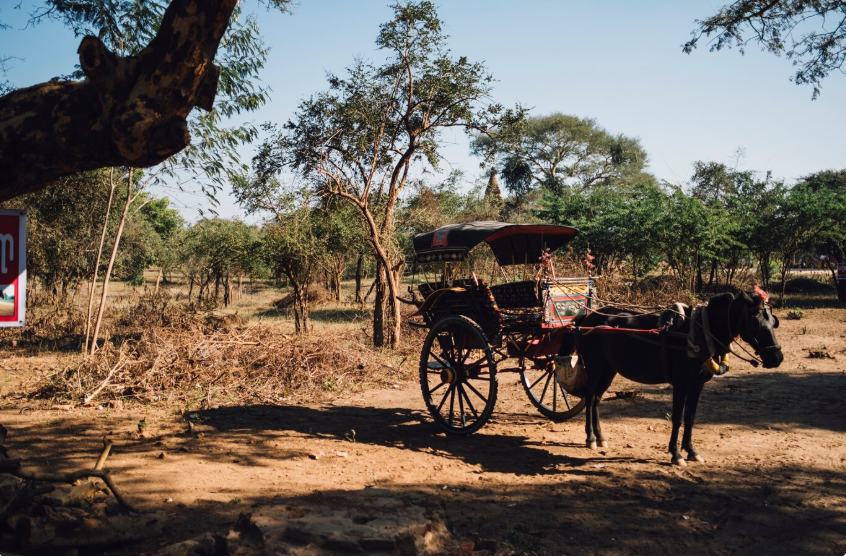
Mangeli may appear as a simple place or name, but it resonates across multiple cultural, geographic, and linguistic dimensions. This deep-dive explores the mosaic associated with Mangeli—from its rural footholds in Iran to its significance in tribal identities, pidgin linguistics, personal naming, and cultural echoes across Pakistan and beyond. Join this immersive journey through villages, tribes, words, and personalities that connect under the banner of “Mangeli.”
Mangeli’s Rural Landscapes in Iran
Mangeli is not a singular spot—it refers to several quaint villages in southern and northeastern Iran, each quietly bearing the name:
- Mangeli, Hormozgan Province: A peaceful village in Byaban Rural District, Minab County, sporting a community of 155 people (in 28 families) as of 2006. It lies under Iran Standard Time (UTC+3:30).
- Mangeli, Bushehr Province: Simpler still, here lies a hamlet of just 35 residents across 8 families in Baghak Rural District, Tangestan County.
- Mangeli‑ye Olya and Mangeli‑ye Sofla: In North Khorasan’s Esfarayen County, two sibling villages—one with ~227 people and another with ~59 residents—bear the name, literally “Upper” and “Lower” Mangeli.
Despite their small size, these villages share agricultural rhythms, regional traditions, and local identities forged by geography and time.
Mangeli and Tribal Heritage: The Mangal Pashtuns
Shifting focus eastward, Mangal (also spelled Mangali, Mengal) refers to a prominent Pashtun tribe rooted in eastern Afghanistan and adjacent parts of Pakistan:
- Originating from eastern Paktia and Khost in Afghanistan, with diasporic pockets in Bannu, Thall, Hangu, and Orakzai in Pakistan’s Khyber‑Pakhtunkhwa region.
- Tari Mangal in Pakistan stands as a central settlement for the tribe since around 1600 AD.
- Historically, the Mangals distinguished themselves during pivotal events like the 1879 Anglo‑Afghan War, the 1924–25 Khost uprising, and as players in Nadir Shah’s campaigns.
- They maintain ancestral legal codes (nerkh) and continue to act as influential tribal adjudicators and community educators in both nations.
While “Mangal” is not “Mangeli” in strict dialect, overlaps in spelling and pronunciation—especially in Roman script—prompt frequent confusion between village names and tribal affiliations.
Mangeli in Russenorsk Pidgin
An unexpected twist: Mangeli thrives in linguistic history as a Russenorsk determiner combining Norwegian mange (“many”) and Russian -li question particle (“how many?”). Used in merchant-trader pidgin between 18th–20th century Norway and northern Russia, “mangeli?” means “how many?”. This rare overlap illustrates how phonetics can connect remote villages and old seafaring jargon decades apart.
Mangali as a Given Name
In South Asian culture, Mangali or Mangali surfaces as a feminine name—meaning “auspicious” or “fragrant” in Sanskrit‑influenced traditions. The name spells poetic resonance: every Mangali is metaphorically blooming and blessed—a linguistic bouquet wrapped in identity.
Mangali and Mangeli: Cultural Mosaic
Bridging worlds, variations like Mangeli, Mangali, and Mangal intrigue:
- They are rooted in geography: Iranian villages, Pakistani-Afghan tribal zones.
- They reflect ethnicity: tribal pride and lineage among Pashtuns.
- They live within language: a Russenorsk word and a Sanskrit-derived personal name.
Despite shared scripts or spellings, their meanings diverge drastically—village names, tribal identity, linguistic relics, and name charms. Understanding each requires recognizing context: where, when, and how the term is used.
Why Mangeli Matters Today

Beyond linguistic fun, Mangeli and its variants have present-day relevance:
- Local Governance & Tourism
- Villages in Iran continue to nurture rural economies and sustain regional heritage.
- Tari Mangal attracts summer retreat seekers in Pakistan’s Kurram Valley.
- Tribal Diplomacy & Influence
- The Mangal tribe upholds peace mediation and traditional jurisprudence through codes like nerkh.
- Tribal elders, especially in Kurram-Waziristan and Paktia, influence cross-border politics.
- Cultural Identity & Naming
- The given name “Mangali” lives on among families seeking auspicious beginnings and fragrant symbolism.
- Linguistic Curiosity
- The Russenorsk bridge reminds us of shared instances where simple words map sprawling histories.
Conclusion
At first glance—Mangeli is a dot on a map, a name in a tribe register, a quirky pidgin term, or a hopeful given name. Peel back the layers, and it’s a tapestry—woven with villages nestled in Iranian landscapes, tribal traditions carving channels of power and identity in Pakistan-Afghanistan, linguistic breadcrumbs from Arctic trade, and fragrant hopes embodied in namesakes.
What unites them? Context. Knowing where we are—physically, historically, linguistically—melts confusion and reveals the rich human story behind “Mangeli.”

